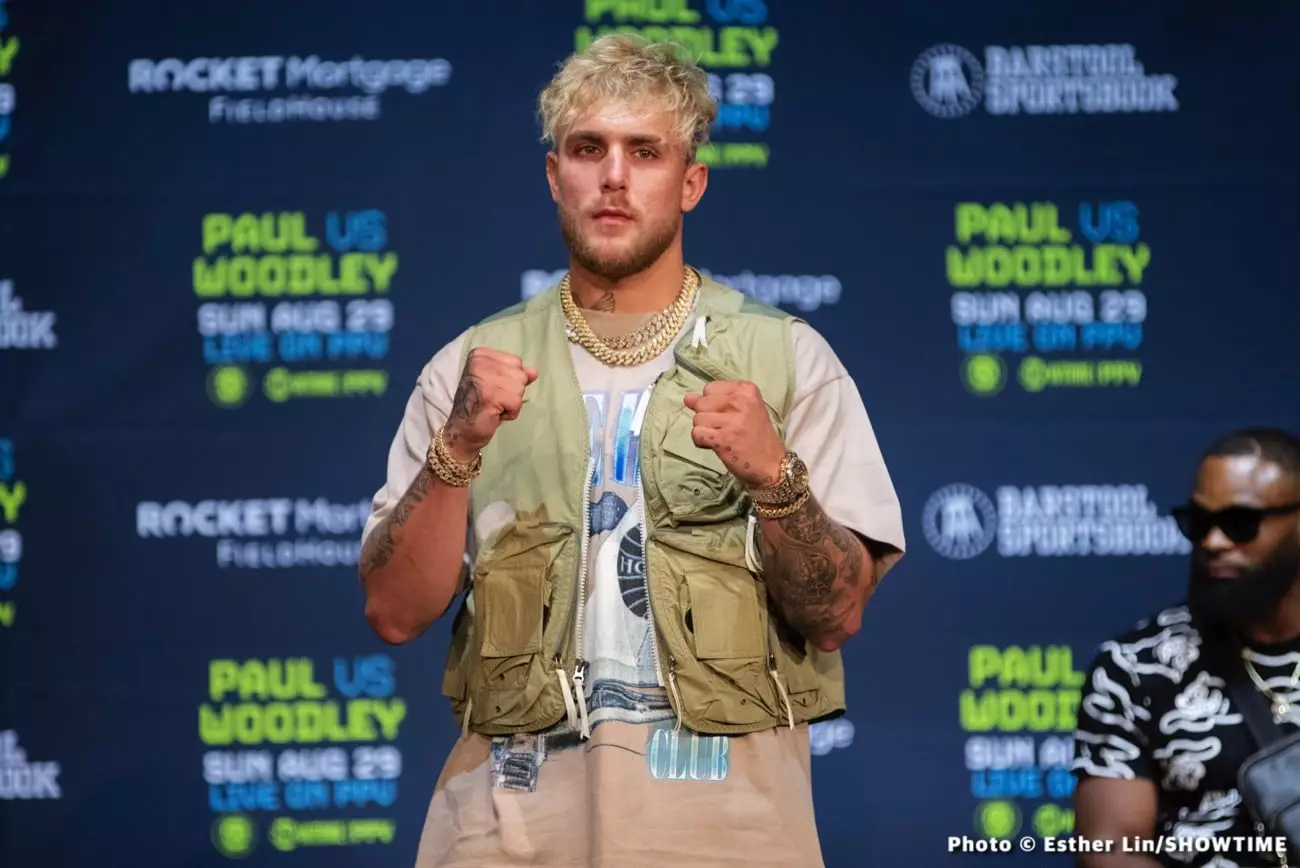Jake Paul has mastered the art of self-promotion in a way that captivates audiences and generates debate. Whether one views him as a champion of entertainment or a mere provocateur, there’s no denying that he has managed to carve out a lucrative niche in the boxing world. With millions of followers and a commanding online presence, Paul has proven that charisma can be as valuable as skill within the ring. His ability to stir controversy and grab attention goes beyond simple bravado; it reflects an acute understanding of the modern sports entertainment landscape.
The significance of this approach can’t be understated—Paul is not just building his personal brand; he’s also redefining what it means to be a boxer in the digital age. In an era where traditional marketing strategies seem obsolete, athletes who can engage audiences on multifaceted platforms are the ones who thrive. Paul’s knack for creating buzz around his fights transcends sporting metrics. It’s a bold strategy that can be as inspiring as it is divisive.
Challenging the Titans: A Fight with Canelo Alvarez?
Recently, on the Ariel Helwani Show, Paul spoke about a potential fight with boxing giant Gervonta Davis, but his comments regarding Canelo Alvarez invited a flood of skepticism. Claiming, “I would’ve beaten Canelo for sure,” Paul positions himself not merely as a participant but as a serious contender in discussions about elite fighters. However, his assertions raise eyebrows. Canelo Alvarez, despite a seemingly lackluster performance against William Scull, has an established pedigree that belies Paul’s brash prediction.
One must ponder if Paul is genuinely convinced of his capabilities or if he is, once again, playing to the camera with little basis in reality. There’s an undeniable allure to audacious claims, but it is crucial to balance ambition with an understanding of the sport’s nuances. When Paul linked his sparring partner’s performance against Scull to his own potential against Canelo, it felt more like a publicity stunt than an insight rooted in boxing reality.
The Risk and Reward of Baiting Giants
Whilst Paul continues to ruffle feathers, one cannot overlook the risks of so brazenly calling out fighters like Canelo. This isn’t just about throwing shade; it carries potential consequences. Should Paul find himself in the ring with an elite fighter and fail spectacularly, it could irreparably tarnish his reputation. Boxing purists often see these challenges as nothing more than clumsy attention-seeking, marking Paul as a sideshow rather than a serious athlete.
Yet, the flip side is intriguing. If Paul manages to secure a fight against Canelo, expect a hefty payday— for both. Such confrontations sell like hotcakes. They draw viewers from not only the boxing community but from the realms of pop culture and social media. In this light, one can argue that Paul accomplishes something novel: he weaves a narrative that engages audiences deeply, channels interest back to traditional boxing, and helps create events that might not have happened otherwise.
A Generational Divide in Boxing Fans
Then there’s the generational divide at play. Older boxing fans often dismiss Paul as a product of sensationalism, while younger, digital-native audiences often revel in his theatrical bravado. This divergence is essential for the future of the sport. Paul represents a changing tide, where traditionalists must adapt to the realities of engagement and fan interaction in the digital age. It’s a tough pill to swallow for many seasoned fans, yet the numbers speak for themselves; Paul draws attention and conversation, which in turn generates revenue.
The boxing landscape stands at a crossroads. Will it continue to cater primarily to die-hard fans who value the sport’s storied traditions? Or will it embrace new voices like Paul’s that challenge the status quo? While many hope to see Paul receive the “reality check” he seems to be courting, his words may herald a shift that demands recognition. As much as traditional boxing enthusiasts wish to see him toppled, they might need to consider what his rise signifies for the sport’s evolution.

